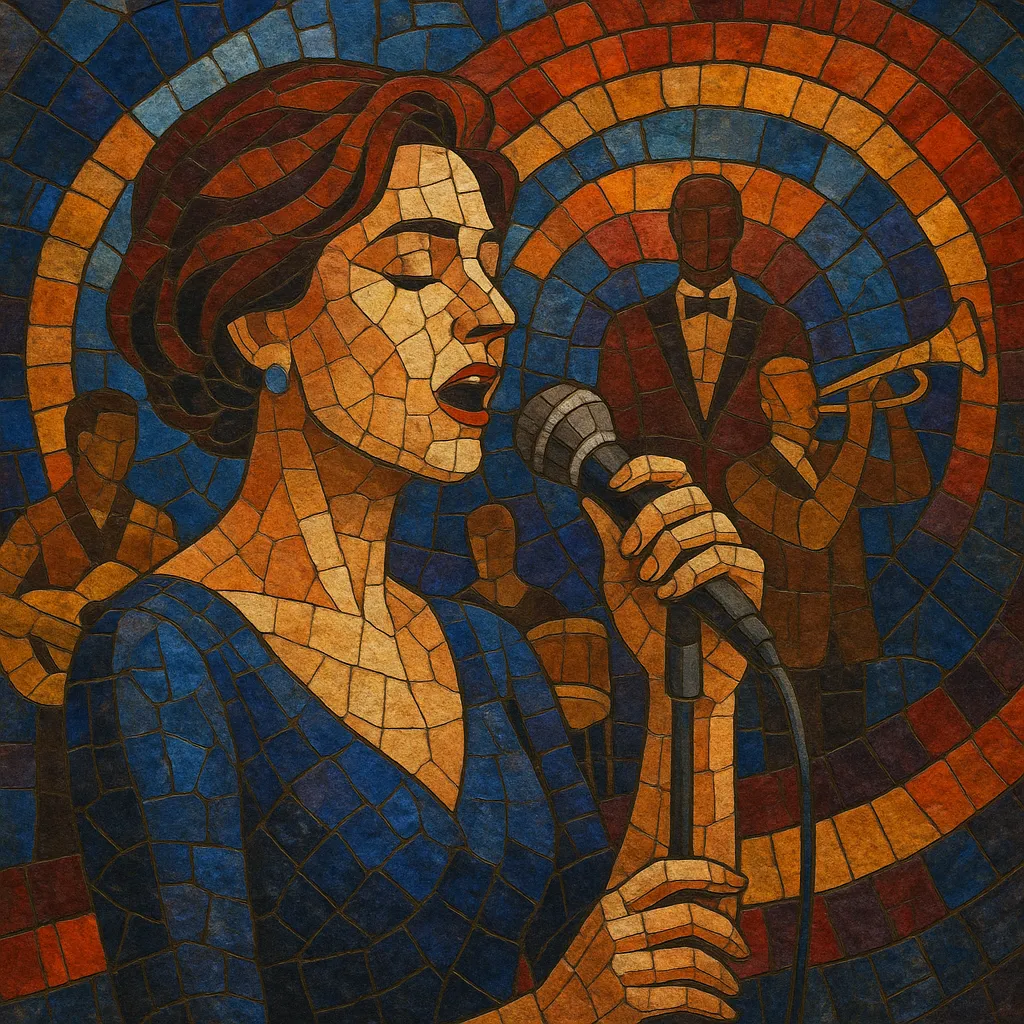Estrada is a Soviet and post-Soviet form of mainstream "variety" music that blends light pop, jazz-influenced arrangements, and theatrical stagecraft. It prioritizes clear melody, polished orchestration, and emotive, accessible vocals, often delivered with a bel canto-influenced technique and supported by professional ensembles.
Developed within a state-curated entertainment ecosystem, estrada songs typically feature mid-tempo rhythms, lush strings and horns, and lyrical themes centered on love, optimism, civic pride, and everyday life. Stylistically it sits between European schlager, easy listening, and orchestral pop, while absorbing elements from jazz and swing. In practice, it functioned as the USSR’s dominant form of mainstream pop entertainment, showcased on television galas and song festivals.
Estrada coalesced in the Soviet Union during the 1930s, drawing on pre-revolutionary cabaret/variety traditions and European popular song. Within the new cultural policy framework, it became a state-sanctioned, mass-friendly stage music performed by trained singers with orchestras and big bands. Early estrada normalized a polished vocal delivery, memorable melodies, and ideologically safe themes.
From the 1960s through the 1980s, estrada dominated broadcast media. State labels (notably Melodiya), national TV programs, and philharmonic circuits professionalized the sound, while composers and arrangers (e.g., Aleksandra Pakhmutova, Raimonds Pauls, David Tukhmanov, Yury Saulsky) crafted sophisticated yet accessible songs. Big-band swing colors, string sections, and tasteful jazz harmonies became hallmarks. The era also fostered “VIA” ensembles and high-profile festivals (e.g., Pesnya Goda, Intervision), which continually renewed the repertoire and elevated star vocalists.
As electronic instruments and global pop trends entered the mainstream, estrada incorporated synthesizers, drum machines, and pop-rock textures, while retaining its focus on melodic clarity and formal polish. Perestroika-era openness expanded subject matter and stylistic latitude, bridging estrada with synth-pop and contemporary pop rock.
After the USSR’s collapse, estrada continued as a core strand of Russian-language mainstream pop. Its performance codes—virtuosic vocals, orchestral gloss, and television-centered presentation—left a lasting mark on post-Soviet pop culture. In the 2010s–2020s, nostalgia-driven microgenres and retro-influenced producers (e.g., sovietwave) recontextualized estrada’s melodic tropes and tape-era timbres, underscoring its enduring influence.


